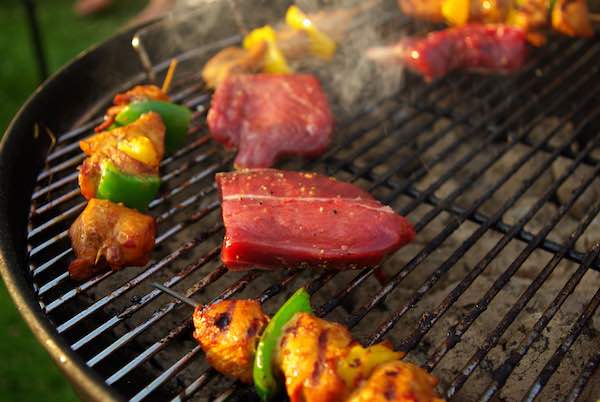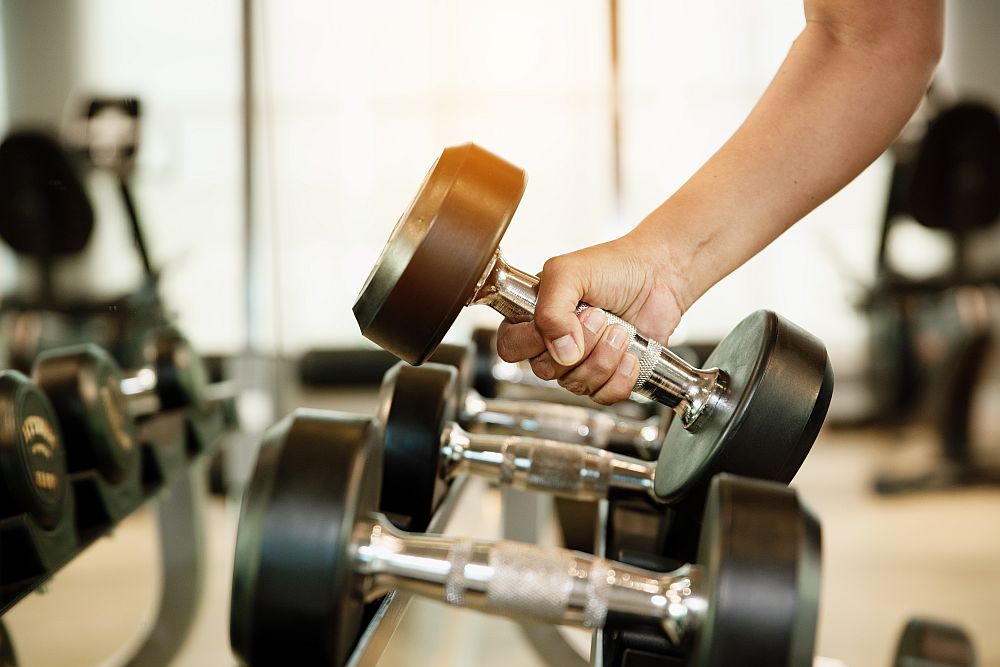
[Image above] Credit: Franz Klotsche; Flickr CC BY-NC 2.0
Another holiday weekend is upon us—which means that many of you will be celebrating America’s independence with food, fun, and fireworks.
And since its summertime, that often includes firing up the grill.
But what is it that makes grilled food—whether meat, veggies, fruit, or donuts (yes, donuts)—taste so good?
Give it up for Maillard—the most delicious chemical reaction out there.
Named after French physicist Louis-Camille Maillard, the Maillard reaction is a non-enzymatic browning reaction between sugars and amino acids.
Its name is misleading, however. The Maillard reaction is actually a cache of individual chemical transformations. For more information about those specific transformations, check out this infographic.
However, the collective outcome of those reactions is the important part—the production of hundreds of flavor compounds that make food taste amazing.
But in addition to making cooked food delicious, the Maillard reaction is also behind another type of browning reaction that frequently goes along with summertime—sunless tans.
Watch this brief video from the American Chemical Society’s Reactions series to learn more about the Maillard reaction and to get some tips and tricks before you fire up the grill this weekend.

Credit: Reactions; YouTube
Speaking of firing things up this weekend, are fireworks in your plans for a perfect July 4 celebration?
One of my favorite ways to celebrate is with iron sticks coated in combustible paste—a.k.a., sparklers.
But what individual chemical elements make sparklers red, white, or blue? And just how hot are those sparks, even though they seem harmless?
Beef up on the science behind and see some slow-mo shots of sparklers with another short ACS Reactions video—and impress (or annoy) your friends with your knowledge this holiday weekend. Happy 4th of July!

Credit: Reactions; YouTube
Author
April Gocha
CTT Categories
- Basic Science
- Material Innovations
Related Posts
‘Fairy circles’ may help mark natural underground hydrogen deposits
September 18, 2025


